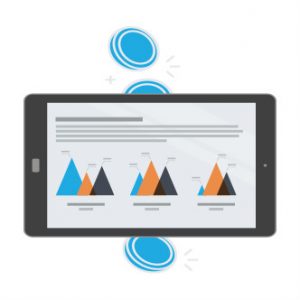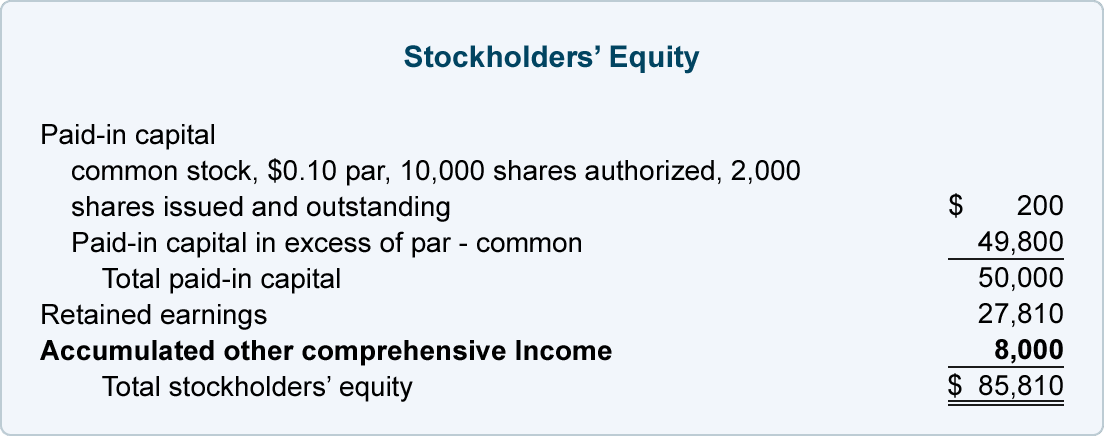
Other reconciliations turn non-GAAP measures, such as earnings before interest, taxes, depreciation, and amortization (EBITDA), into their GAAP-approved counterparts. By systematically reconciling accounts, businesses can ensure they are working with the most accurate, up-to-date financial information. Balance sheet account reconciliation can cover everything from cash and investments to liabilities and shareholders’ equity (any accounts found on the balance sheet). Two of the most common types of account reconciliation include balance sheet reconciliation and general ledger reconciliation. Businesses often use credit cards for expenses, and these transactions are recorded in the internal ledgers. The errors should be added, subtracted, or modified on the bank statement balance to reflect the right amount.

Reconciling your bank statement can help you avoid bounced checks (or failing to make electronic payments) to partners and suppliers. For example, a company can estimate the amount of expected bad debts in the receivable account to see if it is close to the balance in the allowance for doubtful accounts. The expected bad debts are estimated based on the historical activity levels of the bad debts allowance.
Documentation Review
This reconciliation sales invoice process allows you to confirm that the records being compared are complete, accurate, and consistent. General ledger reconciliation, where accountants check the accuracy of the company’s account balances at the end of an accounting period, ensures the accuracy of financial statements. Balance sheet reconciliation involves comparing the balances of internal accounts against corresponding external documents. It’s a bit like our earlier example with the bank statement, but this process is broader. As a result, the accounting industry has sought ways to automate a previously strenuous manual process.
- Make a list of all transactions in the bank statement that are not supported, i.e., are not supported by any evidence, such as a payment receipt.
- Should there be any discrepancies that come up through the reconciliation process, you can then take action to resolve them.
- These steps can vary depending on what accounts you are reconciling, but the underlying premise is always the same – compare your ending balance against supporting documentation and make any adjustments as needed.
- Rectifying the bank errors bring the bank statement balance and the cash book balance into an agreement.
- Finally, without adequate account reconciliation processes in place, both internal and external financial statements will likely be inaccurate.
What is the Account Reconciliation Process?
Clio’s legal trust management software, for example, allows you to manage your wave accounting review firm’s trust accounting, reconcile directly in Clio, and run built-in legal trust account reports. When it comes to cash accounts, a business’s internal records might show a specific balance at the end of the month. Often, this process involves comparing internal financial records against monthly statements issued by external sources, like banks.
Account reconciliation comes in various forms, each tailored to address specific financial aspects and discrepancies within an organization. Understanding the different types is crucial for maintaining financial accuracy and transparency. Whether it’s reconciling bank statements, vendor accounts, or intercompany transactions, each type plays a pivotal role in ensuring that records are consistent and errors are promptly identified and corrected. Reconciliation in accounting—the process of comparing sets of records to check that they’re correct and in agreement—is essential for ensuring the accuracy of financial records for all kinds of businesses. For the legal profession, however, regular, effective reconciliation in accounting is key to maintaining both financial accuracy and legal compliance—especially when managing trust accounts. Bookkeeping reconciliation is used by companies to make sure their financial records are free of any errors.
Reconciliation must be performed on a regular and continuous basis on all balance sheet accounts as a way of ensuring the integrity of financial records. Therefore, companies reconcile their accounts at the end of the month, quarter, or year. The account reconciliation spreadsheet is used to create accurate financial statements, ensuring the company’s financial integrity and compliance. Today, most accounting software applications will perform much of the bank reconciliation process for you, but it’s still important to regularly review your statements for errors and discrepancies that may appear.
Regularly reconciling your accounts, especially bank accounts and credit card statements can also help you identify suspicious activity and investigate it immediately, rather than months after it has occurred. And if you never reconcile your accounts, chances are that fraudulent activity will continue. Account reconciliation is done to ensure that account balances are correct at the end of an accounting period. The account reconciliation process also helps to identify any outstanding items that need to be taken into consideration in the reconciliation process.
What is Account Reconciliation: Process, Example and Types
Single-entry bookkeeping is less complicated than double-entry and may be adequate for smaller businesses. Companies with single-entry bookkeeping systems can perform a form of reconciliation by comparing invoices, receipts, and other documentation against the entries in their books. If the indirect method is used, the cash flow from the operations section is already presented as a reconciliation of the three financial statements.
Account reconciliation is necessary to ensure an organization’s overall financial integrity. Every accounting team strives to consistently complete its reconciliation process efficiently and without errors. This is because reconciliations, when handled poorly, can snowball into larger issues later in the financial loan principal and interest how to pay it off quickly close.
When is reconciliation in accounting needed?
A profit and loss statement, also known as an income statement summarizes revenue and expenses that have been incurred during a specific period. In larger organizations, the function may be carried out by multiple people or even entire departments dedicated to financial controls and reconciliation. This not only keeps operations running smoothly but also helps avoid unnecessary financial strain or surprises. So, thoroughly checking the capabilities of the AI solutions you shortlist is crucial. If you answered ‘yes’ to all the questions above, your organization is pretty much ready to embrace AI.
